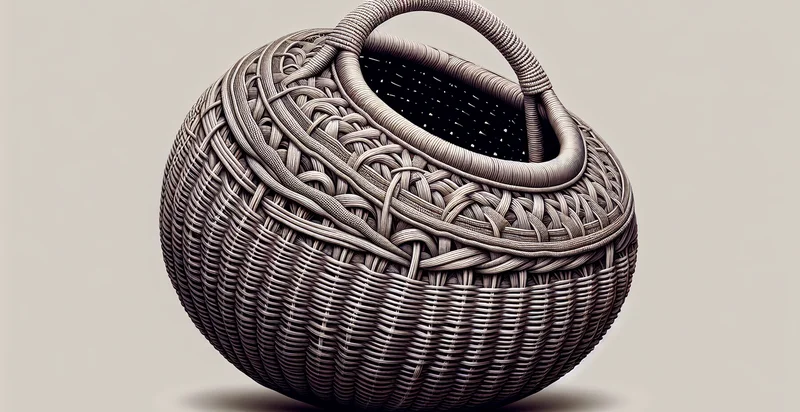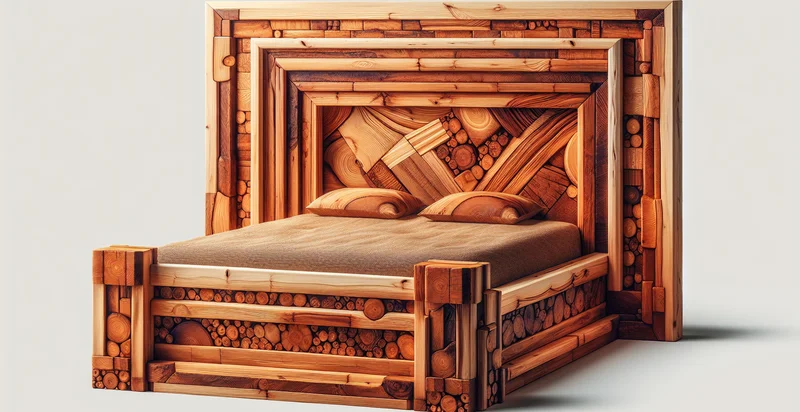Identify what material a frame is made from
using AI
Below is a free classifier to identify what material a frame is made from. Just upload your image, and our AI will predict what material a frame is made from - in just seconds.

Contact us for API access
Or, use Nyckel to build highly-accurate custom classifiers in just minutes. No PhD required.
Get started
import nyckel
credentials = nyckel.Credentials("YOUR_CLIENT_ID", "YOUR_CLIENT_SECRET")
nyckel.invoke("what-material-a-frame-is-made-from", "your_image_url", credentials)
fetch('https://www.nyckel.com/v1/functions/what-material-a-frame-is-made-from/invoke', {
method: 'POST',
headers: {
'Authorization': 'Bearer ' + 'YOUR_BEARER_TOKEN',
'Content-Type': 'application/json',
},
body: JSON.stringify(
{"data": "your_image_url"}
)
})
.then(response => response.json())
.then(data => console.log(data));
curl -X POST \
-H "Content-Type: application/json" \
-H "Authorization: Bearer YOUR_BEARER_TOKEN" \
-d '{"data": "your_image_url"}' \
https://www.nyckel.com/v1/functions/what-material-a-frame-is-made-from/invoke
How this classifier works
To start, upload your image. Our AI tool will then predict what material a frame is made from.
This pretrained image model uses a Nyckel-created dataset and has 16 labels, including Acrylic, Aluminum, Bamboo, Cardboard, Ceramic, Composite, Fabric, Foam, Glass and Metal.
We'll also show a confidence score (the higher the number, the more confident the AI model is around what material a frame is made from).
Whether you're just curious or building what material a frame is made from detection into your application, we hope our classifier proves helpful.
Related Classifiers
Need to identify what material a frame is made from at scale?
Get API or Zapier access to this classifier for free. It's perfect for:
- E-Commerce Product Verification: Online retailers can utilize this classification function to automatically verify the material of frames in product listings. This helps ensure that product descriptions are accurate and can reduce returns caused by mismatched expectations.
- Quality Control in Manufacturing: Manufacturers can implement this classification system in their production line to identify materials used in frame construction. By ensuring that the correct materials are being used, they can maintain quality standards and boost overall product reliability.
- Sustainability Audits: Companies focused on sustainability can use this function to assess the materials of frames being used in their products. This insight allows businesses to make better sourcing decisions, reducing their environmental impact by opting for eco-friendly materials.
- Insurance Claims Validation: Insurance providers can apply this classifier to validate claims related to frame damage or loss. By confirming the material, insurers can determine appropriate compensation and reduce fraudulent claims related to high-value items.
- Interior Design Consultation: Interior designers can use this classification tool to inform clients about the material of frames used in furniture and décor. This information aids in creating cohesive design aesthetics, ensuring furniture complements the intended style and functionality.
- Art Restoration Projects: Art conservators can apply this function to analyze frames surrounding artworks for restoration purposes. Understanding the material helps conservators choose appropriate restoration techniques and materials that align with the original frame design.
- Market Research Insights: Market analysts can use this classification function to identify trends in materials used for frames across different industries. This information can drive insights for product development, marketing strategies, and competitive analysis.


